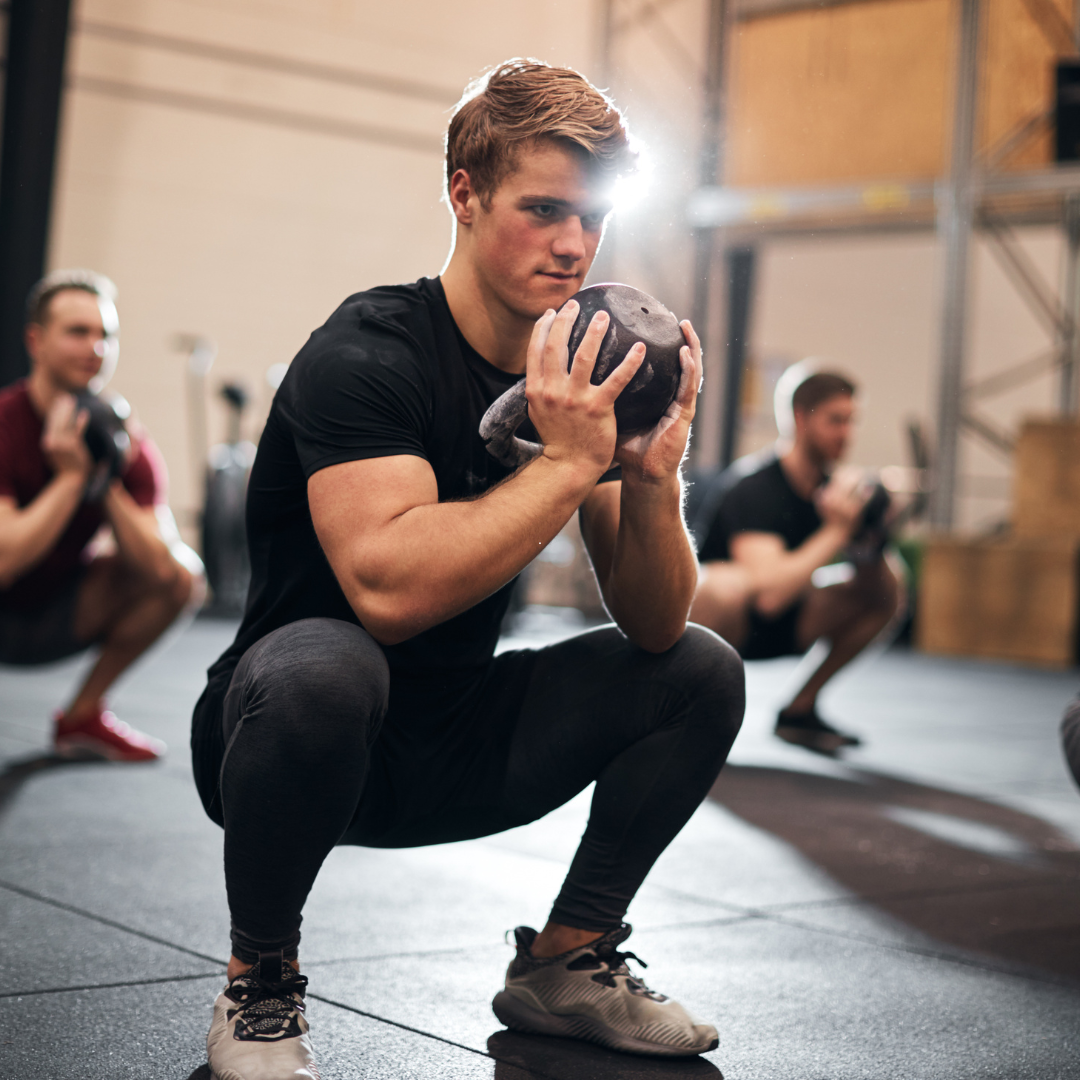Tempo Lifts For Joint & Tendon Health
As an individual who utilizes CrossFit as my primary form of fitness, we are often used to lifting heavy, at a high volume, and as quickly as possible. While these types of workouts have extreme benefit for overall wellness, I've seen firsthand the transformative impact that tempo lifts can have on CrossFit programming. Whether you're a seasoned CrossFitter or just starting your fitness journey, integrating tempo lifts into your routine can be a game-changer for your joint and tendon health. Let’s explore why this method is so effective and how it can help you stay strong, resilient, and injury-free.
Tempo lifts, where each phase of the lift (lowering, pausing, and lifting) is performed at a controlled speed, significantly boost muscle activation. By increasing the time under tension (TUT), your muscles work harder throughout the entire movement, leading to greater strength gains, improved muscle coordination, and even muscle hypertrophy. Enhanced muscle control not only supports your joints by stabilizing them during movements but also ensures that you're getting the most out of every rep. This approach can make a noticeable difference in your performance, helping you lift more efficiently and effectively.
Tempo squats are a perfect example of a great core and lower extremity exercise. 3-second descend, 1 second pause, 3 second ascend.
Connective tissues like tendons and ligaments are crucial for maintaining joint integrity and overall movement quality. Tempo lifting places a consistent, controlled load on these tissues, promoting collagen synthesis and making them more resilient. This method helps prevent common issues like tendinopathy by gradually building up the strength and flexibility of your tendons and ligaments. Over time, this means fewer injuries and a greater capacity to handle the physical demands of your sport or workout routine. It’s a proactive way to ensure your body stays strong and adaptable.
One of the biggest benefits of tempo lifts is their ability to minimize injury risk. By focusing on controlled, deliberate movements, you reduce the chances of using poor form or relying on momentum, both of which can lead to injuries. This method allows you to perfect your technique, ensuring that each movement is safe and effective. In my practice, I’ve seen athletes significantly lower their injury rates simply by incorporating tempo lifts into their training. This careful, considered approach to lifting helps protect your joints and tendons from unnecessary strain.
Incorporating tempo lifts into your training regimen is a smart strategy for long-term joint and tendon health. By enhancing muscle activation, improving connective tissue resilience, and reducing injury risk, tempo lifts offer a comprehensive approach to maintaining and boosting your musculoskeletal health. As a sports physical therapist in Tacoma, I can attest to the profound benefits this method provides. Whether you’re aiming to enhance your athletic performance or simply stay injury-free, tempo lifts are an invaluable tool in your fitness arsenal. Embrace this technique to build a stronger, more resilient body that can withstand the demands of your active lifestyle.
I would like to make a shout out to Coaches Cole Hayrynen (@hyrynfit on Instagram) and Coach Austin Kemink at Town Athletics of Tacoma, Washington for thoughtfully adding these lifts into class programming. They have opened my eyes of the value of tempo lifts and holds and these lifts have been an essential part of many of my athlete’s rehab.
References:
Schoenfeld, B. J., et al. (2015). "Mechanisms of hypertrophy: the roles of metabolic stress, mechanical tension, and muscle damage." Current Opinion in Physiology.
Magnusson, S. P., & Kjaer, M. (2003). "Region-specific differences in Achilles tendon cross-sectional area in runners and non-runners." European Journal of Applied Physiology.
Bird, S. P., & Barrington-Higgs, B. (2010). "Exploring the deadlift." Strength and Conditioning Journal.
Malliaras, P., Barton, C. J., Reeves, N. D., & Langberg, H. (2013). "Achilles and patellar tendinopathy loading programmes: a systematic review comparing clinical outcomes and identifying potential mechanisms for effectiveness." Sports Medicine.
Weppler, C. H., & Magnusson, S. P. (2010). "Increasing muscle extensibility: a matter of increasing length or modifying sensation?" Physical Therapy.
Dr Cody Benavides
PT, DPT, MFDc, TPIcert
Co-Owner | The PATH Rehab & Performance

